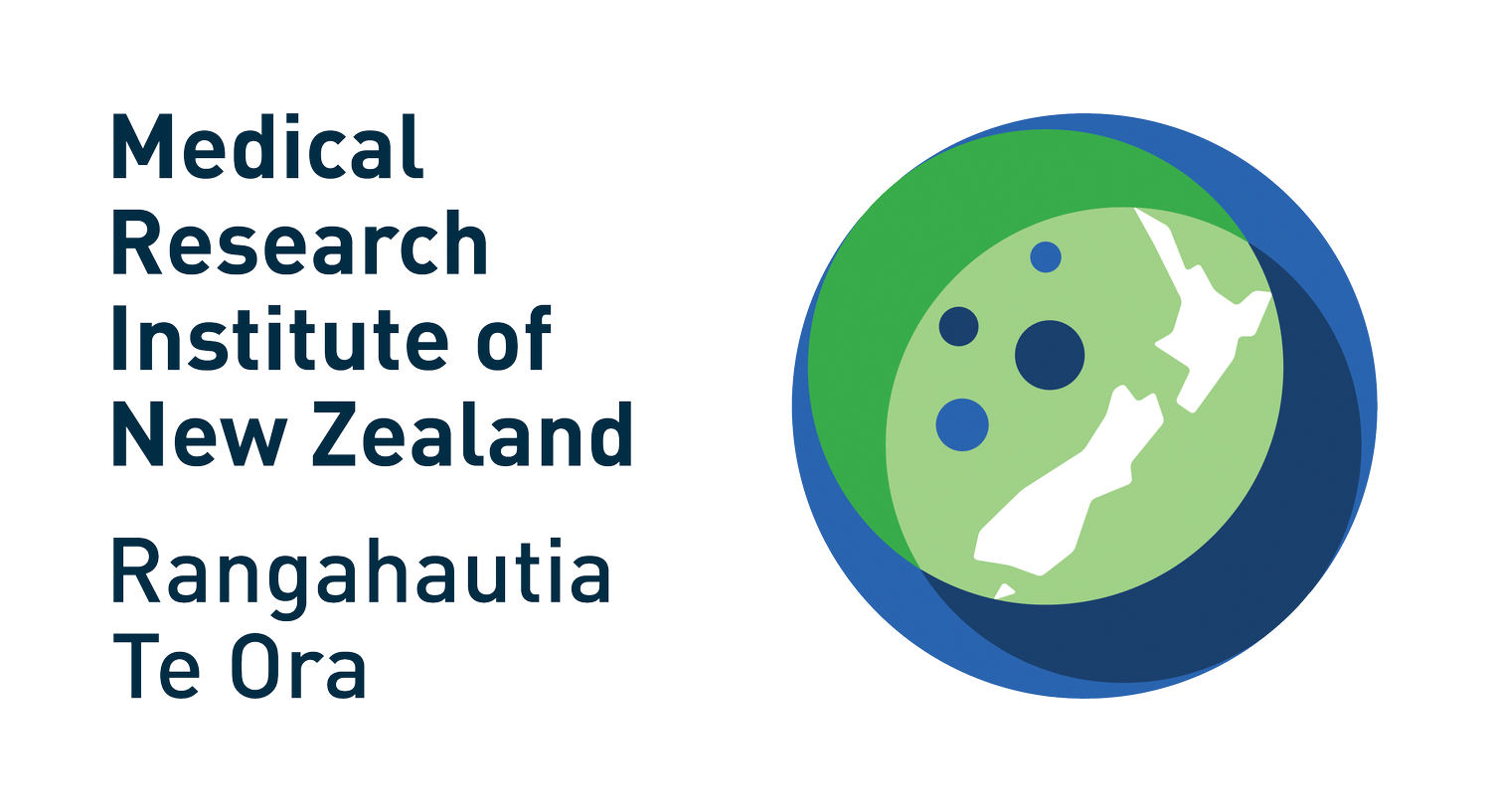Cooling survivors of cardiac arrest below normal body temperature does not improve patient survival or recovery.
Each week in New Zealand, between five and ten patients who have suffered from a cardiac arrest end up unconscious and on life support in an intensive care unit (ICU). Around half of these patients suffer permanent brain damage and either end up dependent or die as a consequence of their cardiac arrest.
Since 2002, patients who are unconscious after a cardiac arrest have routinely been cooled down to as low as 32°C to try to limit brain injury. Such ‘therapeutic hypothermia’ has been a cornerstone of ‘Post-cardiac arrest care’ for the past 20 years. An entire industry developed around cooling devices after two small clinical trials published in 2002 suggested this therapy might reduce death and the risk of brain damage. However, considerable uncertainty around this procedure has remained. Despite widespread use of temperature management, the quality of evidence for hypothermia in cardiac arrest has been low.
In 2013, the ‘Targeted Hypothermia versus Targeted Normothermia after Out-of-Hospital Cardiac Arrest’ trial (TTM-1) showed that cooling cardiac arrest patients to either 33°C or 36°C resulted in similar outcomes, but much remained to be learned about the best way to apply temperature management.
The TTM-2 trial, an international study undertaken across Europe, North America, Australia, and New Zealand, and led here in Aotearoa over five years by the MRINZ has definitively shown that cooling survivors of cardiac arrest to below a normal body temperature does not improve patient outcomes. The trial findings, published in the New England Journal of Medicine this week, have shown that therapeutic hypothermia is no more effective than treating fevers when they occur.
Professor Paul Young, MRINZ deputy director, TTM-2 International Trial Management Committee member, and Lead New Zealand Investigator. Photo Credit: Rebecca McMillan Photography
“Determining that therapeutic hypothermia is not an effective therapy for cardiac arrest patients is an incredibly important medical finding. It will allow clinicians to better focus their attention on other aspects of supportive care.” Professor Paul Young, MRINZ deputy director and TTM-2 International Trial Management Committee member and Lead New Zealand Investigator says, “Treating fevers is much more straight forward than artificially cooling a patient down, but the end of this therapeutic hypothermia era means that we are now in desperate need of new strategies to minimise the risk of brain damage among cardiac arrest survivors.”
MRINZ-led Research teams are currently engaged with two significant associated trials that are focused on the future of ‘Post-cardiac arrest care'. The TAME trial, which is looking at whether targeting higher than normal blood carbon dioxide levels can reduce brain damage after cardiac arrest; and the LOGICAL trial which is exploring whether avoiding exposure to abnormally high levels of oxygen after cardiac arrest can improve patient outcomes.
“The TTM-2, TAME and LOGICAL trials all offer MRINZ scientists significant opportunity to advance knowledge in this field, by collaborating with like-minded researchers internationally, who like us, are deeply committed to supporting clinicians worldwide to improve outcomes in critically ill patients.” Professor Richard Beasley, Director of the MRINZ, says “We’re particularly grateful to the Health Research Council of New Zealand for their support in these influential ICU focused investigations.”
Read the NEJM publication here: https://www.nejm.org/doi/full/10.1056/NEJMoa2100591
News coverage:
RNZ Interview: https://www.rnz.co.nz/national/programmes/ninetonoon/audio/2018802913/major-new-finding-in-post-cardiac-arrest-care




